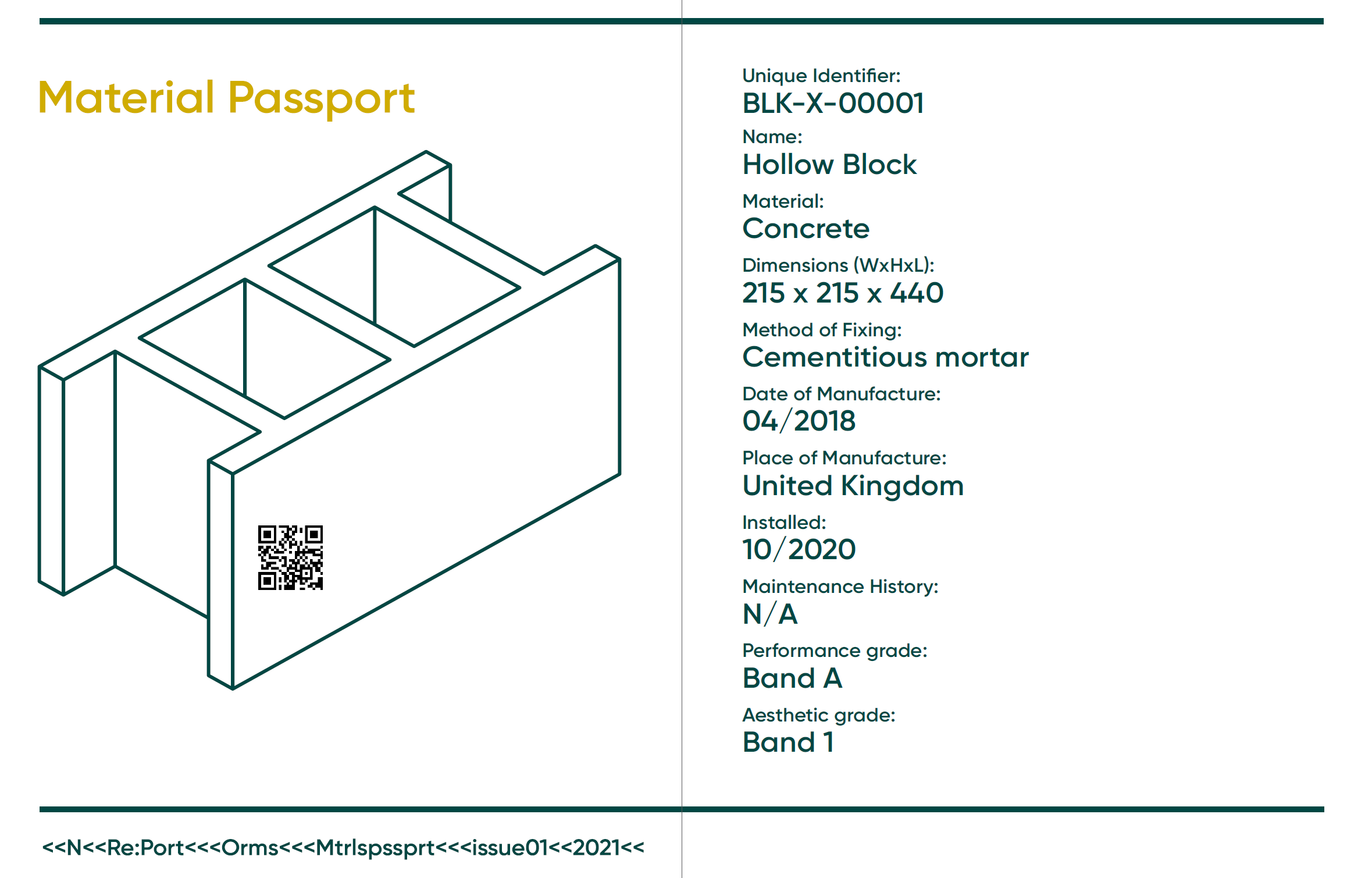RETURN OF THE MOVIE NIGHTS
Fiona Mckay
The much loved movie night series finally resumed in March this year, one month later than our usual winter start date, but better late than never!
The New Bauhaus
On Tuesday 08 March, we kicked off the series with the screening of the award winning documentary: The New Bauhaus: The Life & Legacy of Moholy-Nagy.
In the 1920s, rising artist László Moholy-Nagy taught at the revolutionary Bauhaus school in Weimar, Germany, alongside luminaries like Paul Klee, Josef Albers, Anni Albers, Gunta Stolzl,Wassily Kandinsky, and Marcel Breuer.
An upstart within this esteemed group, Moholy established himself as a visionary, and the approach he developed while teaching became the ethos of his work: training artists to live “happier lives in modernity.” Forced into exile by the Nazis, Moholy moved to Chicago with his two daughters and his second wife, Sibyl Moholy-Nagy, where he found himself inspired by the sense of re-invention in the city. Initially at the New Bauhaus and ultimately through the Institute of Design, Moholy challenged students to create systemic, human-centered design.
Motivated by the challenge of creating within the limitations of the Great Depression and then by World War II, Moholy’s embrace of artistic versatility and technological possibility continues to reverberate in the artworld today. Objects that are now ubiquitous in our culture, such as the Dove soap bar, the Honey Bear, and the cover of the first issue of Playboy magazine were designed by students and alumni of The New Bauhaus. Graduates of the Institute of Design became renowned fine art photographers and pioneers of digital design in the internet’s early days. Moholy’s own output as an artist remained “relentlessly experimental”, with pioneering work created in a range of mediums including painting, photography, typography, collage, sculpture, and film.
His central lessons as a teacher were reflected in his own work: the thought behind creation was as important as the work itself. Unfortunately, his creative production was cut short by his untimely death at age 51 from leukaemia, but his legacy lives on in his students that now teach his approach themselves, providing inspiration to anyone using art to make sense of the world.
The film was very well attended, and the screening was followed by a lively discussion. It was inspiring with many finding Moholy's visionary education system ahead of its time!
Homo Urbanus
We were back to the BFI on 22 March, for our second screening of the winter movie series. This was a screening of Homo Urbanus: Venetianus, which is another documentary by the two famous architectural film makers Ila Bêka and Louise Lemoine. This film marked the tenth stage of their film cycle Homo Urbanus.
In this film, the sequences oscillate between landscape and event, between the evocation of Canaletto-style eighteenth-century views and the sometimes comical, sometimes dramatic documentary chronicle of an exceptional situation – the Venice High Tide of 2019.
The focus was on the relationship between the dominant atmospheric element, water, and the human being. Showing humans struggling with the urban context is a recurring theme in many movies – people trying to survive, to adapt to an extreme environment. In the case of Venice, the directors show the suffering, the fatigue of the inhabitants trying to find normality in a historical event that paralyzes the city, blocking the most essential processes, from electricity to food supply. They pour this effort on the viewer, to arouse a form of empathy.
The title of the film cycle, Homo Urbanus, follows the name of the scientific classification of species, like Linnaeus’, and above all it seems to show that, despite what most people think, it is the cities that define the inhabitants.Louise Lemoine states that today, more than half of the world’s population lives in cities. The expression Homo Urbanus stands for the last stage of evolution of the human species after the Homo Sapiens. The history of the city is a dynamic of continuous adaptation, of urban and human structure, an uninterrupted and tormented process of mutual transformation.
This film was very different to any of the other almost dozen Beka & Lemoine documentaries we have screened in the past, in that there was no dialogue. It spurred interesting debate, and the viewers found it very thought provoking.
Many thanks to all who attended our Winter movie screenings! We look forward to welcoming all of you back in the Autumn for the second half of our Movie Series, where we shall be screening two more Beka & Lemoine documentaries: Inside Piano and Gehry's Vertigo.
Written by: Chris Musangi AIA


















